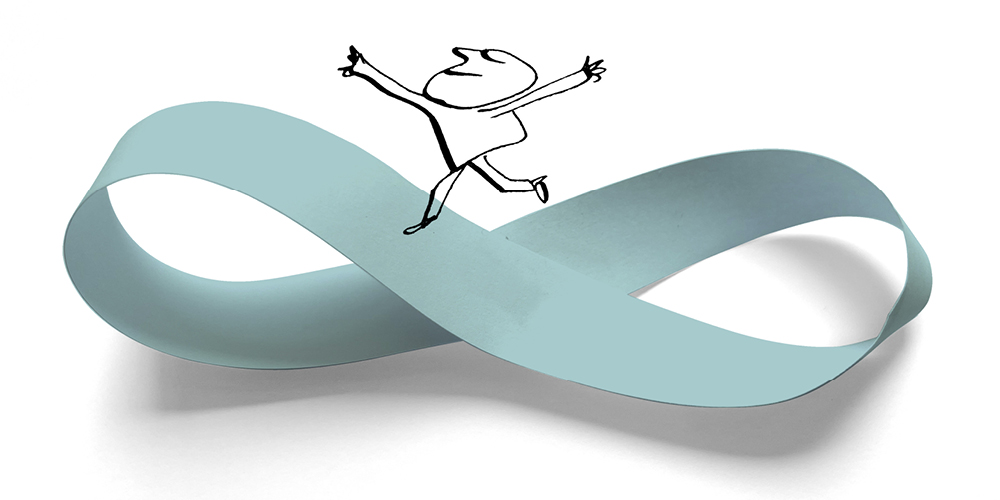strategy+business, November 8, 2021
by Theodore Kinni
Illustration by Serge Bloch
In the 1920s, Mary Parker Follett put forth the heretical idea that managers should pursue power with—not power over—employees. “It is possible to develop the conception of power-with, a jointly developed power, a co-active, not a coercive power,” argued Follett, whom Peter Drucker dubbed “the prophet of management.”
A century later, Follett’s vision is a reality. “Today, practically everything you do at work is a collaboration,” writes Rob Cross, the Edward A. Madden Professor of Global Leadership at Babson College, in Beyond Collaboration Overload, this year’s best business book on the topic of management. “When you attend your morning meeting, when you confer with a direct report, when you help the new person figure out the right expert to speak with about a project, when you page through your emails, when you pause to chat with a colleague, when you move from one webinar to the next while simultaneously addressing instant messages that seem to have urgent time frames—again and again, you’re collaborating.”
If that description seems to be taking on a manic tinge, welcome to the manager’s world. “The collaborative intensity of work has exploded over the past few decades,” writes Cross. Drawing on a series of studies conducted under the aegis of Connected Commons, a consortium of more than 100 large employers, where Cross serves as chief research scientist, he finds that 85% or more of employee time is devoted to collaborative activities. And yet companies have “no idea what impact this time has on corporate performance, individual productivity, or—perhaps most disturbing—employee well-being.”
But Cross has an idea of the impact. Organizational network analysis, performance metrics, and extended structured interviews reveal that many managers collaborate too much—becoming obstacles to organizational performance and their own well-being in the process.
Take Scott, a manager of 5,000 people working in three business units of a large company. In just one of those units, which employed 1,800 people, a staggering 118 people on an average day were going to Scott with requests. Worse, more than 65% of them—78 people—said they couldn’t hit their business goals without more of his time. “This is another obscene number,” writes Cross. “When we see that figure edge up past 25% of a leader’s immediate network, we know we’ve got trouble. Although the leader doesn’t feel it while racing from meeting to meeting, he or she is slowing things down significantly.” The results are burnout, attrition, and lower engagement scores because people can’t get their work done. Indeed, Cross learned that Scott, whom many people in the company considered the leading candidate to succeed the CEO, was about to get fired.
If you’re lucky, your level of collaboration overload is nowhere near Scott’s level. But if you are feeling hard-pressed to keep up with the collaborative demands on your time, and those demands are taking a toll on your performance and well-being, Cross offers succor: he says he can show you (or someone with whom you work or live) how to “reclaim 18 to 24% of your collaborative time”—about one day per week. Read the rest here.
Tuesday, November 9, 2021
Best Business Books 2021: Taming collaborative dysfunction
Posted by
Theodore Kinni
at
7:01 AM
![]()
Labels: bizbook review, books, management, networking, personal success, strategy+business
Subscribe to:
Post Comments (Atom)















No comments:
Post a Comment